By Liz Anyango
Kakamega, Kenya: At 43 years old, Redemption Makoha is a shining example of perseverance in sugarcane farming in Mumias village in Kakamega County in Kenya.
This year, she received an unexpected bonus of Ksh 317,000, marking a significant turning point in her journey. “I started cane farming in 2001,” she recalls.
After her divorce, she returned to her father’s home with her five children.
“My father offered me half an acre of sugarcane and said, ‘Work hard; this is all I can give you.'”
With no formal education and a family to support, Redempter dedicated herself to farming.
Her hard work has paid off; she has grown from that half-acre to owning 106 acres today.
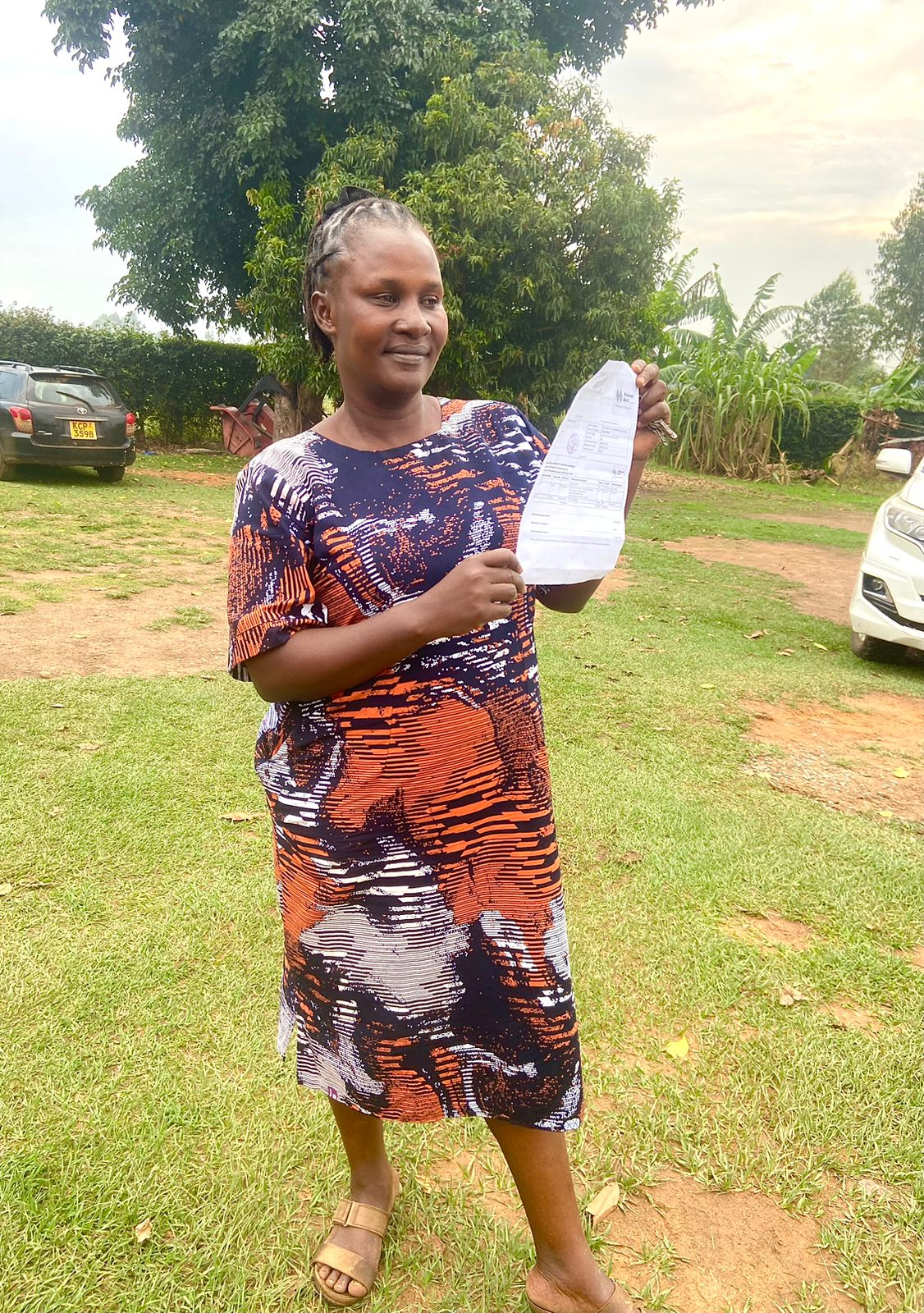
When Kenya’s President William Ruto announced a total of Ksh 150 million in bonuses for sugarcane farmers supplying Mumias Sugar Company, Redempter was initially skeptical. “I thought it was too good to be true,” she admits.
However, when the Ksh 317,000 hit her account, she quickly withdrew it, fearing it might vanish.
She used part of the money to cover her daughter’s travel expenses for overseas education in the United Kingdom (UK) and to expand her sugarcane farm.
Redempter’s commitment to cane farming is unwavering. She leases 106 acres for cultivation and owns two tractors for transporting her cane.
With her earnings, she built a six-bedroom house for her children and even sent one daughter to the UK for further studies.
Her story is not just a personal triumph; it reflects the resilience of many sugarcane farmers in Kenya’s Kakamega region.
For years, the farmers faced hardship, especially after the seven-year closure of the Mumias Sugar Plant. Many switched to maize farming, but it proved unsuccessful, driving them further into poverty.
The recent bonuses have reignited hope among farmers who had abandoned sugarcane farming, a big step they say will revitalize the sector and encourage farmers back to an industry that was on its knees.
According to Kenya Sugar Board acting CEO Jude Chesire, farmers who supplied cane to Mumias Sugar Company between January 1 and December 31, 2024, received their bonuses in real time, received their bonuses in real-time, with funds deposited into their accounts before the cheques were handed over. The timing of payments depended on the banks the farmers used.
“The bonus was based on the supply of cane, so if you supplied more cane, you got more,” Chesire said. “The highest supplier of cane received about 500,000 shillings, while the lowest received 5,000 shillings.”
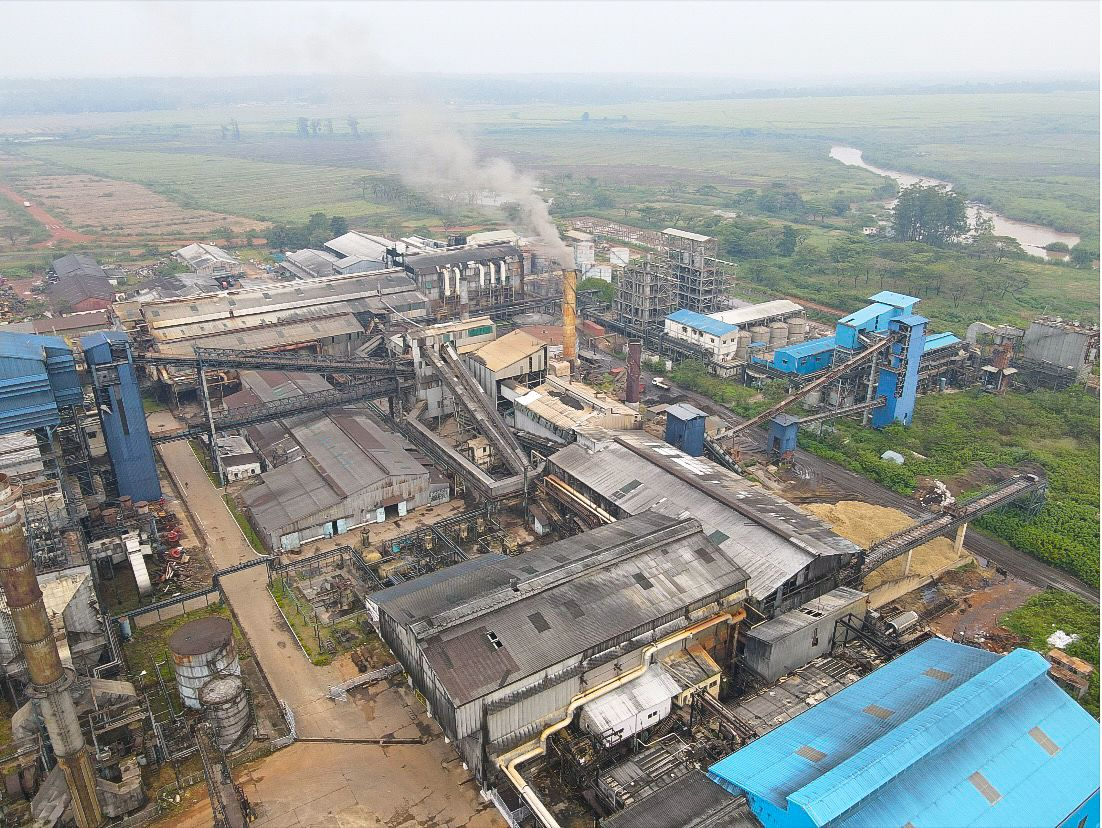
Mumias Sugar Company was once the largest sugar producer in Kenya and East Africa, but various challenges, particularly farmer-centric, are believed to have contributed to its decline, leaving farmers struggling.
The biggest challenge was the introduction of debt recovery practices, which left them in debt instead of receiving their payments.
According to Hassan Akula Ocholi, a farmer who started sugarcane farming in 1980, his focus was large-scale sugarcane farming but upon successful delivery of cane to Mumias, he was left with little or no money due to these excessive deductions from their earnings, a matter that frustrated him out of the once lucrative enterprise.
“In 2014, something called a DRE started. No matter how much we produced, we got so many DREs that we lost hope,” Hassan explained.
A DRE (Debt Recovery Entry) occurred when Mumias deducted the costs of services such as weeding, seed cane provision, harvesting, fertilizer, and transportation from farmers’ earnings. If the costs exceeded the value of the cane delivered, farmers were left with a debt instead of payment.
Most farmers, like Hassan, did not understand how these figures were calculated. “We got tired. If you delivered your cane today, you would wait a year for payment, only to get a debit balance,” he said.
Discouraged by repeated losses, many farmers uprooted their sugarcane crops and gave up on farming altogether.
However, the re-opening of Mumias Sugar Company in 2021, under new strategic investors led by the Sarai Group, marked the beginning of its recovery and rebranding as ‘Mumias 2021.’
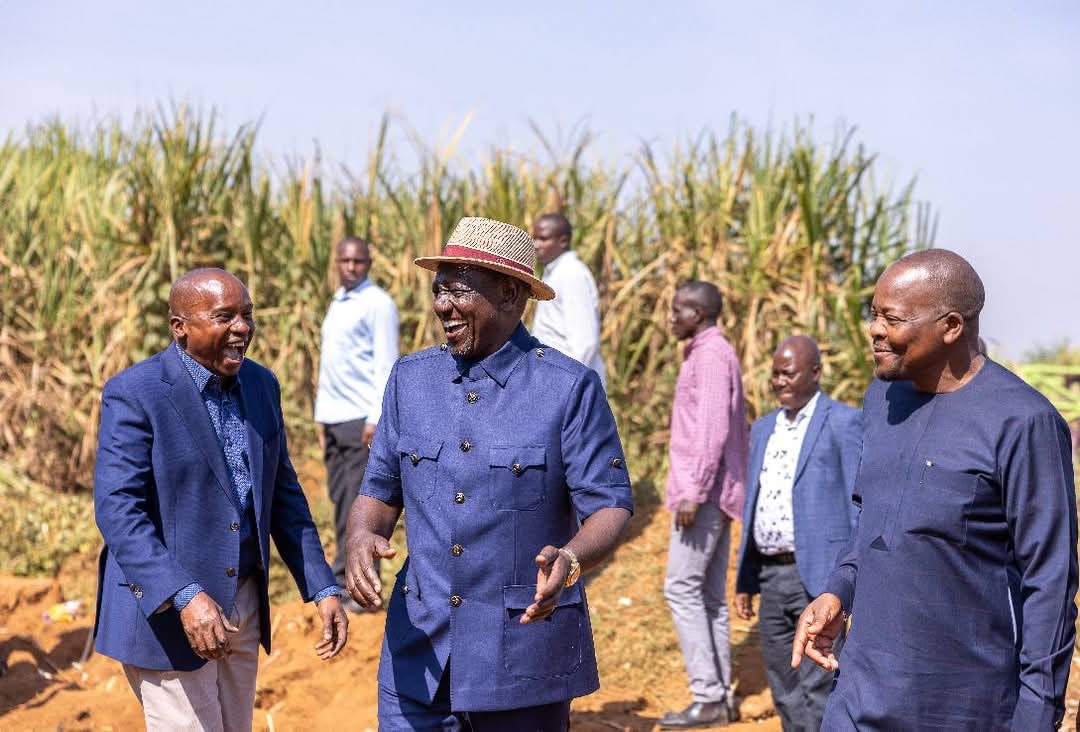
On January 20, 2025, a significant moment arrived for thousands of frustrated cane farmers in the region when Mumias Sugar Company, under a decree by Kenya’s President William Ruto, announced a Ksh 150 million bonus for sugarcane farmers contracted between January 1, 2024, and December 31, 2024.
The issuing of bonuses is part of a broader strategy to revive Mumias Sugar Company and incentivize farmers to engage in cane farming as part of efforts to restore the once-thriving sugar giant.
Stephen Kihumba, the manager in charge of administration and operations at Mumias Sugar Company 2021, credits the company’s recovery to improved raw material supply and increased sugar sales.
“When we took over, most of the company’s machinery was run-down, and the offices were dilapidated,” says Stephen. “We had to refurbish the facilities, clean the offices, and clear the overgrown grass to create a functional working environment.”
The company’s first priority was to revitalize its cane development efforts within the nuclear estate, which had been abandoned for the past seven years.
“Today, we’re proud to have planted new cane, and we now have 34,208 acres under cultivation. It is only a matter of time before we bounce back and list our shares on the national stock exchange, just like we did two decades ago. Once production stabilizes, bonuses could potentially double.
In the past three years, the company has contracted 27,000 farmers.
Stephen also highlighted a shift in how farmers are now paid. “We have earned farmers’ trust by paying them within a week of cane delivery, unlike before, when they had to wait over a year only to receive Debt Recovery Entry Statements (DREs)due to excessive charges for harrowing, weeding, harvesting, transportation, seed cane, and fertilizers.”
According to Stephen, the new management approach has quickly improved relationships with farmers and boosted the company’s recovery, allowing cane farmers to reduce overhead costs.
“Farmers can now weed, transport, and harvest their cane independently if they have the capacity, which helps reduce production expenses and transport charges that previously ate into their profits,” said Stephen.
For farmers who struggled during Mumias’ decline, things are finally looking up. The bonuses, weekly payments, and provision of seed canes have brought hope and renewed optimism to the farming community.
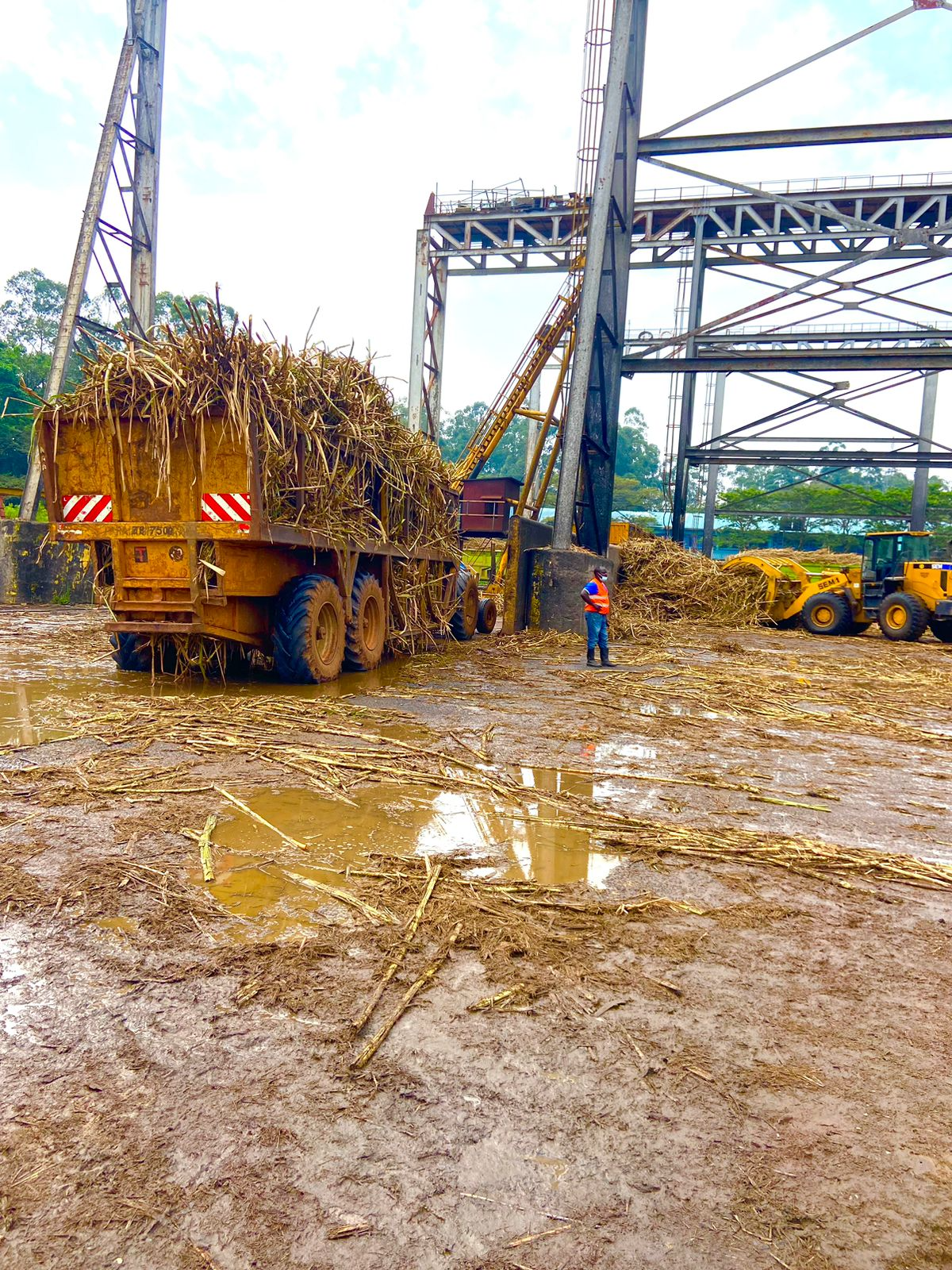
Now, with these developments, Hassan says farmers are regaining hope. “I am willing to regrow cane because I know the profits can be huge if the system is fair. But I don’t want to hear about DRE’s again,” he stated.
Godliver Makhoha is a shining example of the success stories emerging from the 2021 revival of Mumias Sugar Company. Having started sugarcane farming in 2004, she has seen remarkable growth in her business.
Makhoha expanded her farm from four acres to an impressive 39 acres, reinvesting the bonus she received to further boost her cane production.
“I am grateful the company is back. We’re now paid within a week, which was not the case before,” she says.
Through hard work, Godliver has built a home and several rental houses. She earned a total of Ksh 800,000 translating to about 5,000 per tonne in her first profit and remains optimistic about her future in sugarcane farming.
For many farmers who had turned to maize farming due to the closure of Mumias Sugar, their fortunes have taken a positive turn, including small-scale farmer Ngachi Brahim.
“I started planting maize when Mumias closed, but the maize farming was challenging because there was no reliable market for it,” Ngachi explains. “When I heard about Mumias 2021, I decided to regrow five acres of my farm. Mumias Sugar provided me with seed cane to resume sugarcane farming, and their team has been visiting us regularly.”
Ngachi’s return to sugarcane farming was also supported by the bonus he received. “The bonus gave us a boost,” he adds, highlighting the positive impact of the factory’s revival.
Additionally, the Mumias 2021 revival also focuses on improving farming operations to boost productivity. George Waswa Sagala, Agriculture Operations Manager, explains that the company divides out-grower farms into blocks A to G, with the nucleus estate supplying 15% of cane and seed cane, while out-growers contribute 80%.
“We are committed to soil testing, quality management, and providing nutrients to support farmers for better yields,” says Sagala.
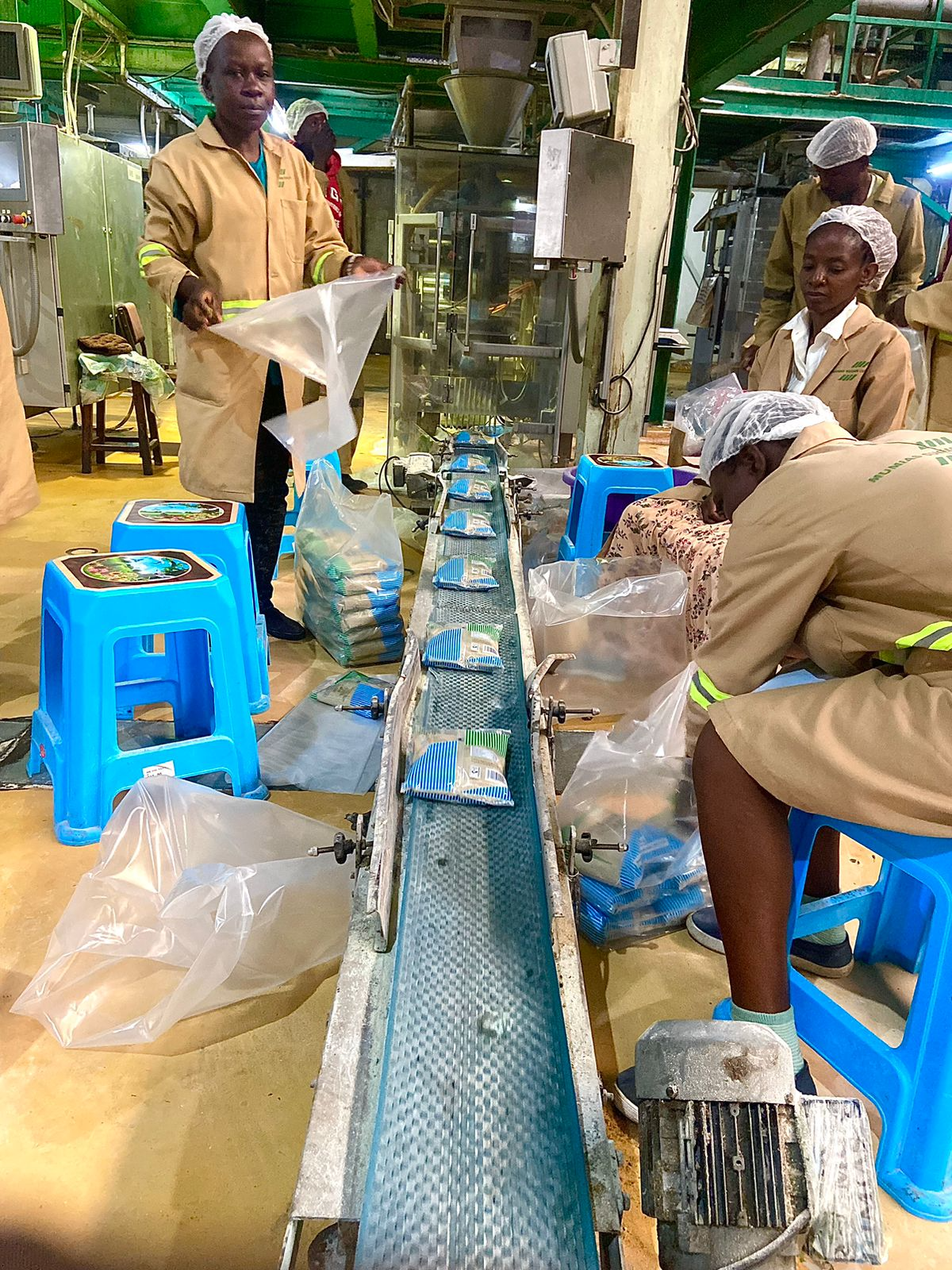
This shift has been warmly welcomed by farmers, who are now seeing cane farming as a lucrative business, as evidenced by the success stories of Redempter and Godliver. Additionally, Stephen Ekirapa, one of the farmers who received the highest bonus of Ksh 400,000, shares an optimistic outlook on the future of cane farming.
I have been farming for years, and it has not always been easy, but the 2021 revival of Mumias changed everything,” says Stephen. “Farming is now more profitable with lower fertilizer costs, and the bonus was a huge blessing.
Mumias Sugar Company once had several subsidiary companies, including the ethanol plant, power generation plant, water purification plant, and other agribusiness ventures. Currently, only the sugar plant is fully operational, marking a significant milestone in the company’s recovery.
While it will take time to revive the other plants, the fact remains that Mumias Sugar 2021 is back in business.














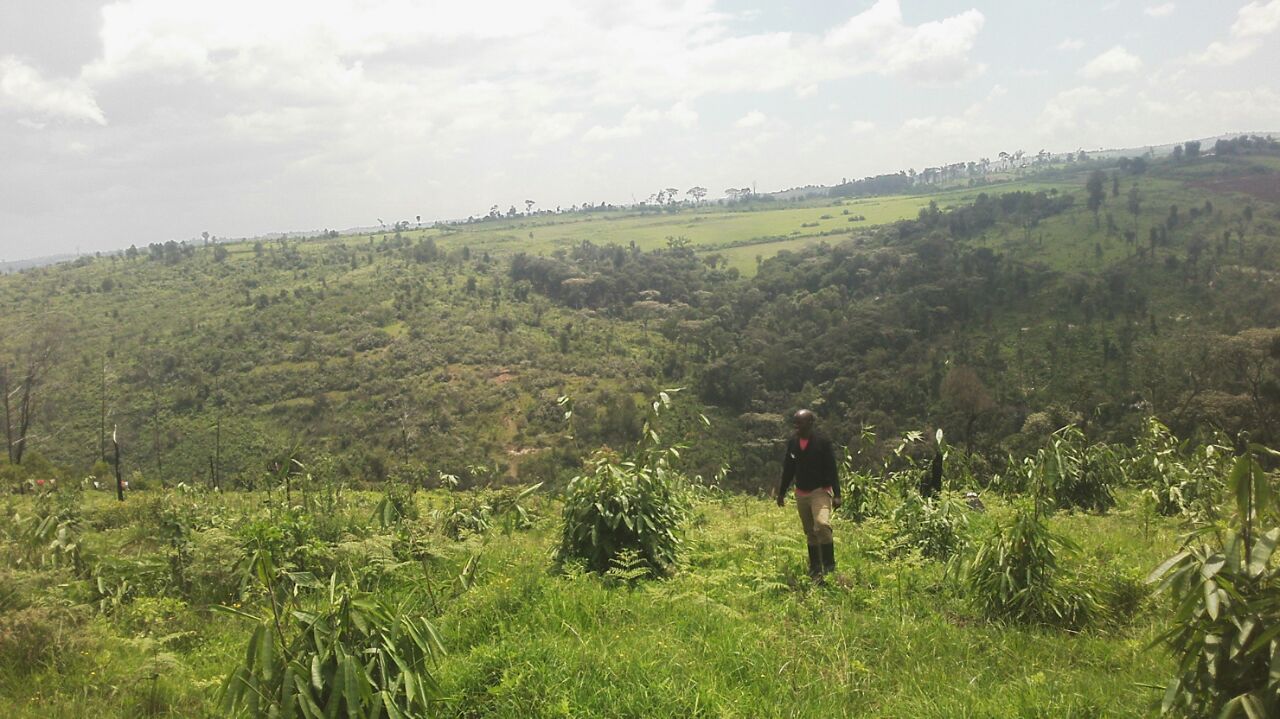
This is an inspirational story in the sugarcane farming sector and a testimony to some of the positive undertakings by the government.
We look forward to the full recovery of the sugar factory that will further improve the fortunes of farmers, the locals and impact positively on the economy.
The revival of the once defunct Mumias Sugar factory will definitely change lives.
Comments are closed.